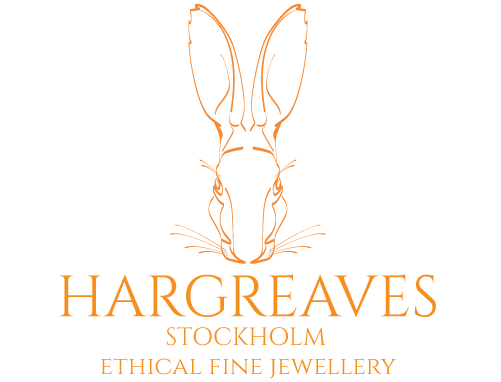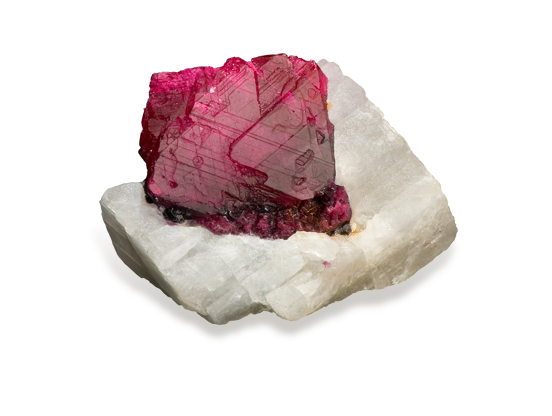The meaning behind July's birthstone: Ruby
Ruby…
July’s birthstone is one of the most coveted of gems. Derived from the Latin word ruber, meaning “red” – the color of love and passion. Few things catch the eye like the ruby birthstone. The finest color is a deep red with a hint of purple, commonly called “pigeon’s blood”, nice huh?!
A variety of the mineral corundum, ruby gets its color from trace amounts of the element chromium. So, more chromium equals a stronger red.
In ancient India, ruby was called the “king of precious stones” for its rarity, hardness which comes a close second to diamond, their beauty and seemingly mystical powers.
These have been long associated with blood and life force, and a symbol of power and youthful energy in Indian jewelry.
Some believed that this could predict misfortune or danger, and claimed it would cure inflammatory diseases and soothe anger. Burmese warriors believed it made them invincible in battle. Medieval Europeans maintained that rubies bestowed health, wisdom, wealth and success in love.
The stones are commonly found in Myanmar (formerly known as Burma), one of the oldest recorded sources of fine rubies. For more than five centuries, the Mogok area in Myanmar, a place of ancient Buddhist temples, has produced some of the most sought-after rubies – vibrant red, softened by light-scattering inclusions and a glowing red fluorescence.
In the late 20th century, Vietnam has developed as another source for this birthstone. The Luc Yen region in northern Vietnam, with it’s rainforest-clad mountains rise over rice fields, produces rubies with a red to purplish red color. Somewhat south of this, the Quy Chau district also produces many fine rubies, artisanal miners work the soil in hopes of finding a gem that will change their fortunes.
Mozambique is home to the prolific mines at Montepuez. Rubies found there have been compared to the famed gems of Mogok.
Ruby deposits along the border between Thailand and Cambodia were the major source of rubies, others include Afghanistan, Tajikistan, Pakistan, Sri Lanka, Kenya, Tanzania and Madagascar.
Often heat treated to remove purplish coloration, leaving a purer red, this process can also remove what is called “silk” (minute needle-like inclusions) that can cause a gem to appear lighter in tone and be more opaque. Heat treatment is a typically accepted process, as it is stable to normal conditions of wear and care.
However, rubies may also be subjected to lattice diffusion treatment and dyeing. In lower-quality material, surface-reaching fractures and cavities may be filled with a glass to decrease their visibility so the gem appears more transparent. Some of these treatments may make the ruby more vulnerable to damage during normal wear and care.
Always ask if your ruby has been treated and by what method. You should requirevdisclosure of treatments that affect a gemstone’s perceived value. For example a GIA Identification Report is important in identifying if a stone is natural or synthetic and whether it has been treated in any fashion.
We would recommend, carefully cleaning your jewellery with warm soapy water and a soft brush. Ultrasonic and steam cleaners are usually safe for untreated, heat-treated and lattice diffusion–treated stones. Glass-filled or dyed stones should only be cleaned with a damp cloth.




